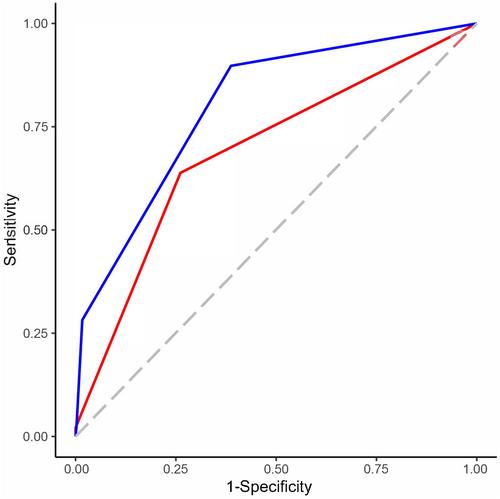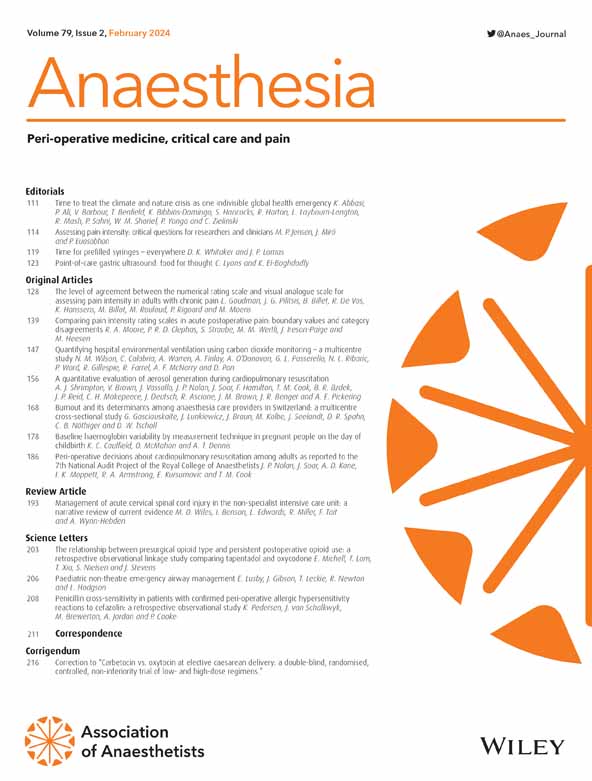Universal paediatric videolaryngoscopy and glottic view grading: a prospective observational study
Abstract
Background
Although videolaryngoscopy has been proposed as a default technique for tracheal intubation in children, published evidence on universal videolaryngoscopy implementation programmes is scarce. We aimed to determine if universal, first-choice videolaryngoscopy reduces the incidence of restricted glottic views and to determine the diagnostic performance of the Cormack and Lehane classification to discriminate between easy and difficult videolaryngoscopic tracheal intubations in children.
Methods
We conducted a prospective observational study within a structured universal videolaryngoscopy implementation programme. We used C-MAC™ (Karl Storz, Tuttlingen, Germany) videolaryngoscopes in all anaesthetised children undergoing elective tracheal intubation for surgical procedures. The direct and videolaryngoscopic glottic views were classified using a six-stage grading system.
Results
There were 904 tracheal intubations in 809 children over a 16-month period. First attempt and overall success occurred in 607 (67%) and 903 (> 99%) tracheal intubations, respectively. Difficult videolaryngoscopic tracheal intubation occurred in 47 (5%) and airway-related adverse events in 42 (5%) tracheal intubations. Direct glottic view during laryngoscopy was restricted in 117 (13%) and the videolaryngoscopic view in 32 (4%) tracheal intubations (p < 0.001). Videolaryngoscopy improved the glottic view in 57/69 (83%) tracheal intubations where the vocal cords were only just visible, and in 44/48 (92%) where the vocal cords were not visible by direct view. The Cormack and Lehane classification discriminated poorly between easy and difficult videolaryngoscopic tracheal intubations with a mean area under the receiver operating characteristic curve of 0.68 (95%CI 0.59–0.78) for the videolaryngoscopic view compared with 0.80 (95%CI 0.73–0.87) for the direct glottic view during laryngoscopy (p = 0.005).
Conclusions
Universal, first-choice videolaryngoscopy reduced substantially the incidence of restricted glottic views. The Cormack and Lehane classification was not a useful tool for grading videolaryngoscopic tracheal intubation in children.


 求助内容:
求助内容: 应助结果提醒方式:
应助结果提醒方式:


